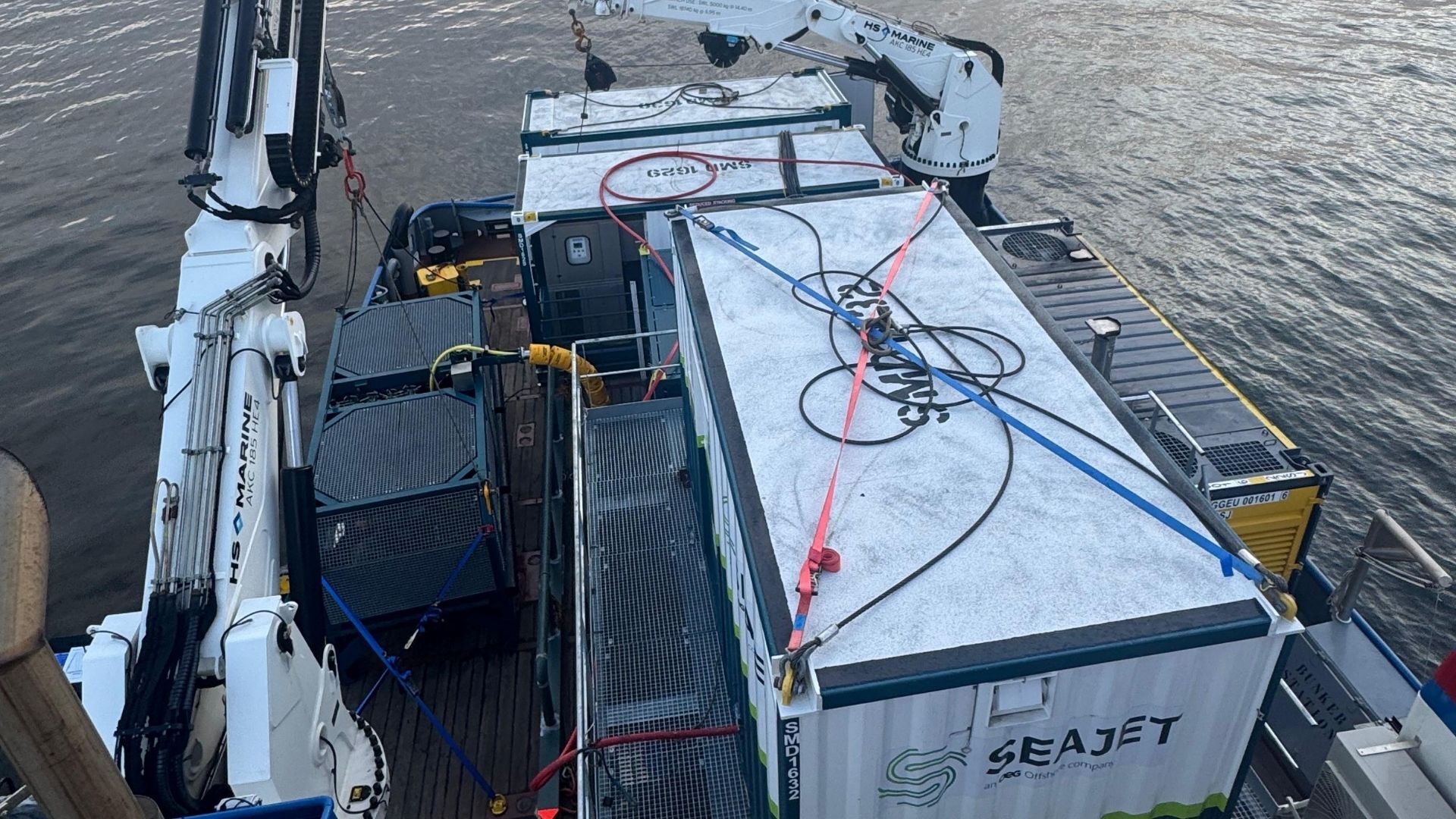Overview
OEG’s subsea team was contracted to trench a critical pathway for Nexans, a leader in the design and manufacture of cable systems and services, in preparation for the Empire Wind cable lay campaign.
The work scope was executed using OEG’s innovative SeaJet all-electric controlled flow excavation technology (E-CFE®).
Customer
Nexans
Location
Brooklyn, New York
Challenges
The trenching work scope formed a critical part of the Empire Wind construction phase, providing a pathway for the cable lay campaign on the project.
The project required fast mobilization, local fabrication, and reliable trenching operations in a challenging subsea environment off the coast of New York.
Strict adherence to water quality regulations was maintained throughout the operation. Due to the use of the E-CFE® system, displaced material had the potential to impact the surrounding marine environment, necessitating careful monitoring and compliance with environmental standards.
Workscope
OEG utilised our innovative all-electric controlled flow excavation (E-CFE®) technology called SeaJet to execute the campaign, which included the trenching of a critical pathway in preparation for the Empire Wind cable lay campaign.
OEG was approached to conduct pre-sweeping operations along the submarine export cable corridor, with a particular focus on areas affected by underwater mega ripples and sand waves. The client required two 10m wide corridors to be pre-swept prior to cable installations, with 6km in total of sand waves to mitigate. Pre-sweeping involves levelling the seabed by removing natural ridges and irregularities, thereby creating a smoother surface to facilitate subsequent cable lay and burial.
Solution
OEG mobilised the SeaJet E-CFE® system onto the TSM Texel multi-purpose surface vessel for the completion of the work scope. The equipment spread included the SeaJet tool, electric umbilical winch, power cabin and control cabin.
The project team mobilized in Brooklyn at the GMD shipyard, where support frames and structures were fabricated locally. All subsea skids and associated gear were transported via local services, ensuring streamlined logistics and alignment with local content goals.
OEG’s project management oversight ensured that the system was integrated and tested on schedule, leading to a smooth and on-time mobilization.
The SeaJet system proved highly effective, with its available power enabling a higher operating level. This allowed for a wider swath during operations, significantly improving productivity by reducing the number of passes required along the cable-laying corridor. Over several weeks of offshore operations, the E-CFE® consistently delivered high performance results in complex seabed conditions. The addition of the Bottom of Trench (BoT) indicator provided critical real-time visual confirmation of pre-sweeping levels, enabling operators to work efficiently and with confidence despite the challenging soil conditions.
The trenching work was completed on time and without incident over 121 operational hours, contributing directly to the success of the cable lay operation.
The SeaJet system is stationed on the East Coast of the USA and is available for a range of operations, including offshore energy work scopes and defence projects. OEG has an established presence in the USA, with several facilities located in the North East to support the wider energy sector.

.jpg?width=1920&height=1080&name=oeg-empire-wind-seajet-1920x1080%20(1).jpg)

.jpg)
